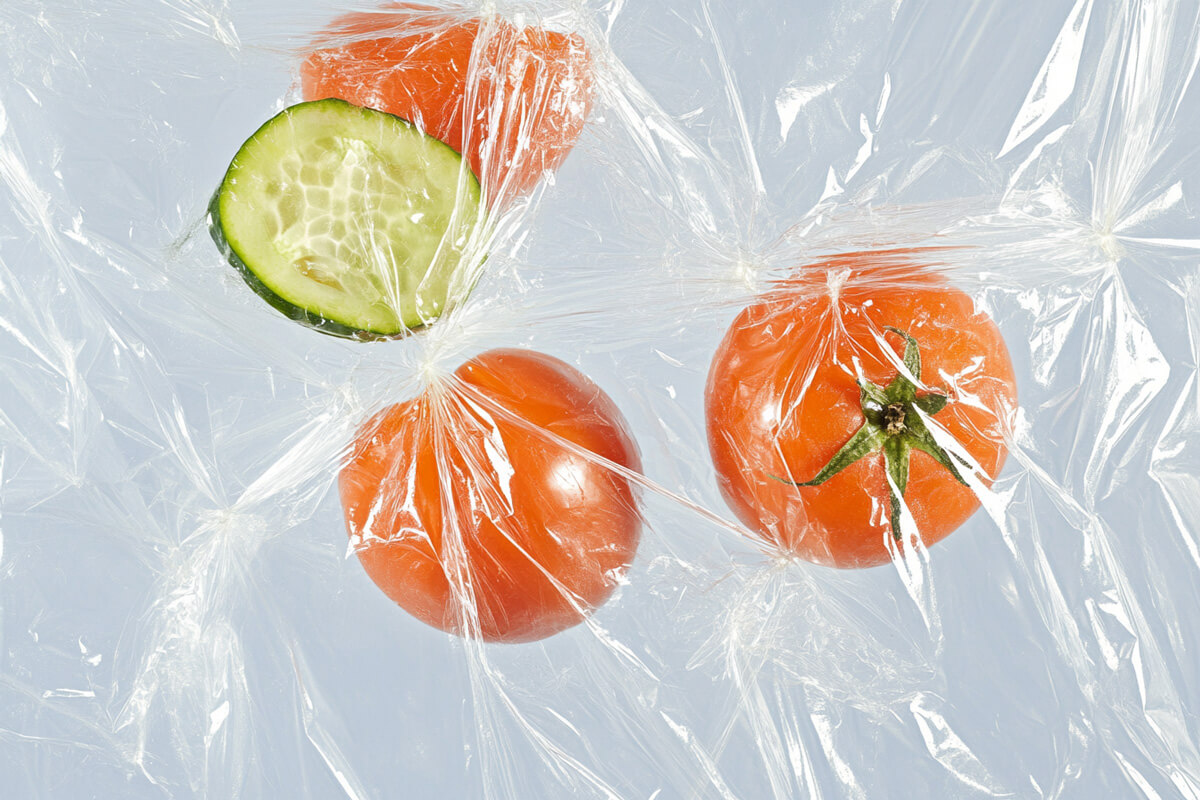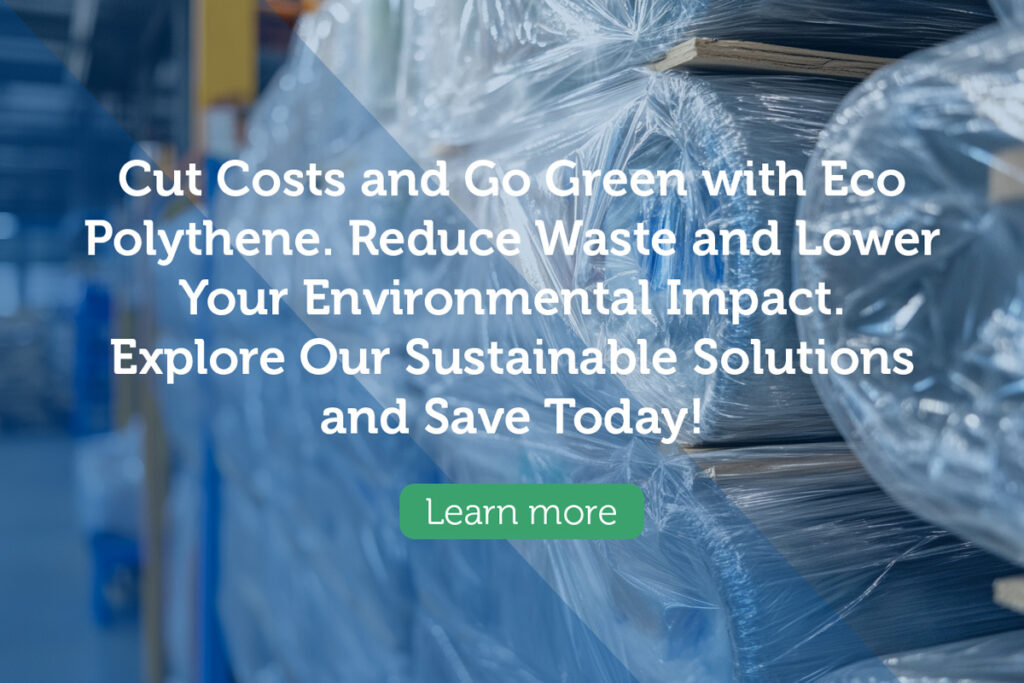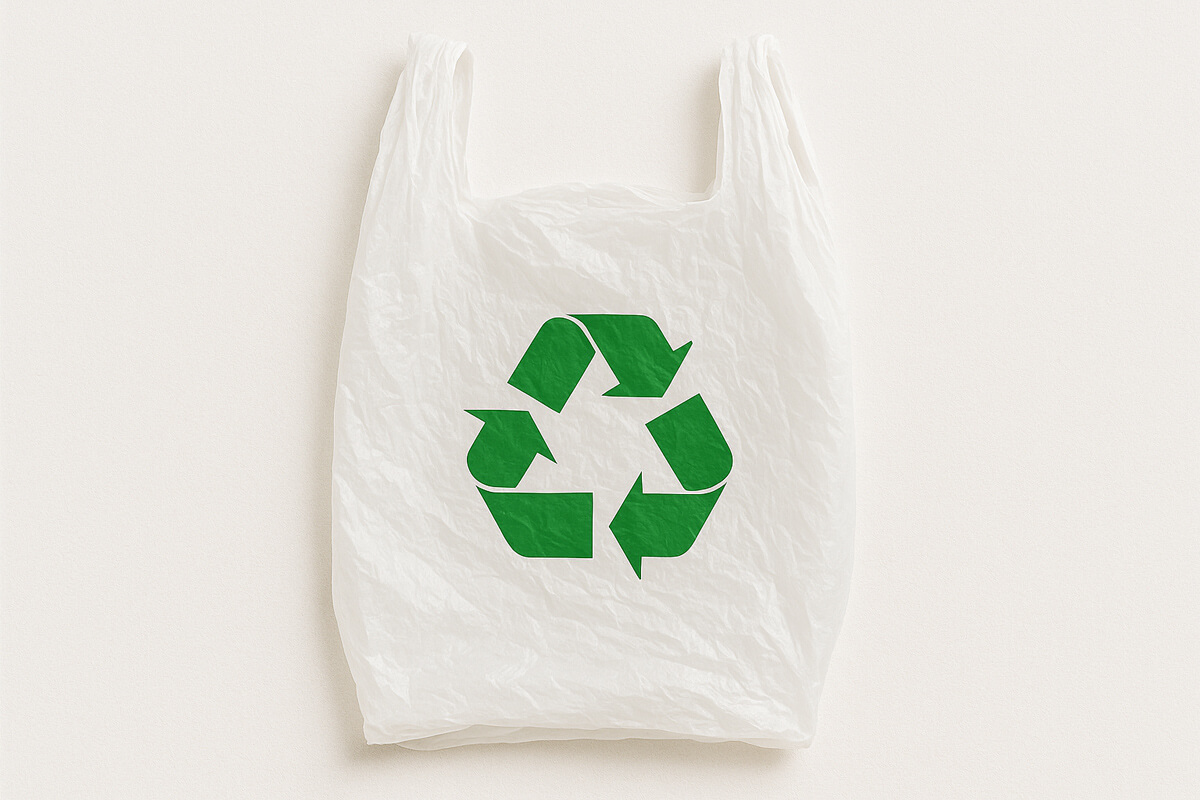For food manufacturers, processors, and suppliers, preserving food quality is essential. Polythene film serves as a key packaging material across the food industry to extend shelf life, reduce waste, and maintain product integrity during storage and transport. But what exactly is polythene film, and why is it so widely used in commercial food operations?
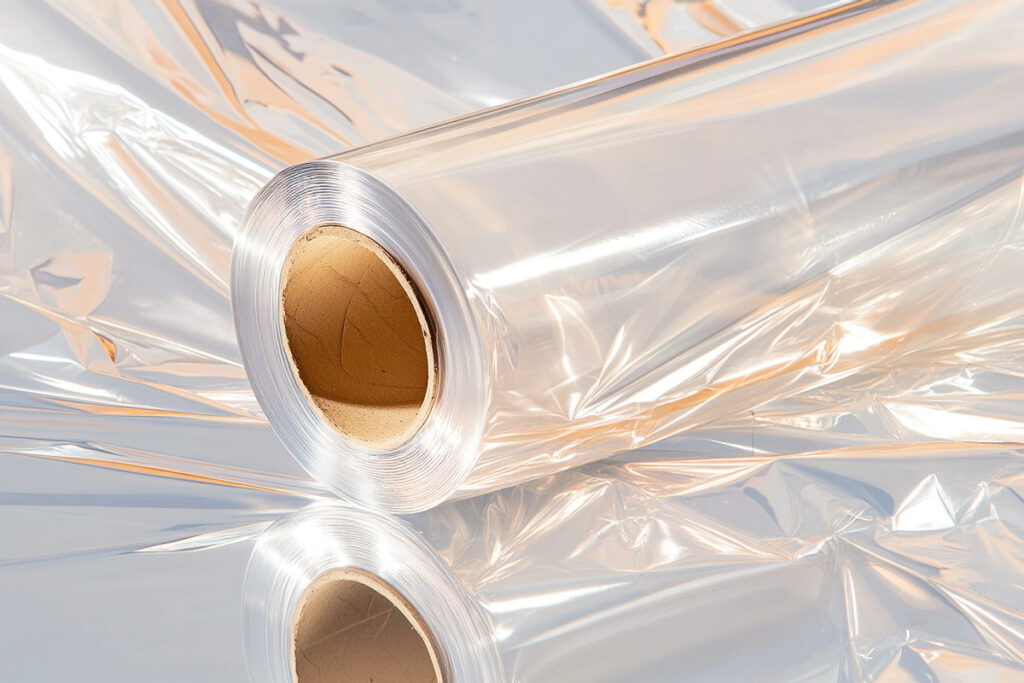
What is Polythene Film?
Polythene film is a thin, flexible plastic material specifically designed for food packaging. Made from food-grade polymers such as low-density polyethylene (LDPE) or polyvinylidene chloride (PVDC), it creates an effective barrier against air and moisture, helping to preserve food freshness.
The structure of polythene film consists of long chains of repeating molecular units that give it unique properties. These chains can be arranged in different ways to create films with varying levels of permeability, strength, and heat resistance. The thickness of commercial polymer films typically ranges from 0.008 to 0.254 millimetres, depending on the application requirements.
Commercial polythene films differ from consumer-grade cling film as they are manufactured for high-volume applications, providing better durability and performance for large-scale food production and distribution. The manufacturing process involves extruding molten polymer through a die and then cooling it rapidly to form a continuous sheet. This process allows for precise control over thickness, clarity, and barrier properties.
These films can be produced as single-layer or multi-layer materials. Multi-layer films combine the properties of different polymers to meet specific packaging needs, such as providing both oxygen and moisture barriers while maintaining heat sealability. The technology behind polythene films continues to advance, with recent developments focusing on improving recyclability and reducing environmental impact.
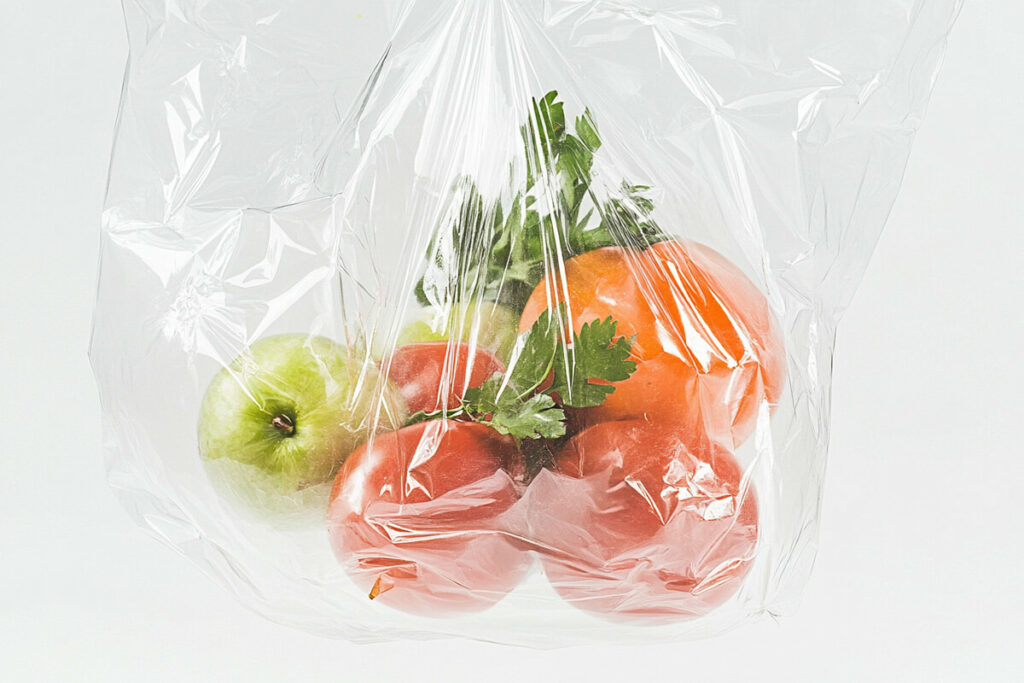
How does polythene film preserve food
Polythene film preserves food through several important mechanisms that work together to maintain food quality and safety. When you wrap food products in polymer film, it forms a protective barrier that interacts with the food and its environment in specific ways.
The film creates a tight seal by clinging to itself and to the food container. This adhesive quality comes from the molecular structure of the polymers and sometimes additional tackifying agents. The seal creates a modified atmosphere around your food product, controlling which substances can enter or exit.
Oxygen control is one of the primary preservation functions. The film limits oxygen exposure, which slows down oxidation processes that cause food deterioration. For example, when oxygen interacts with fats in meat products, it leads to rancidity. By reducing oxygen contact, polythene extends your product’s shelf life considerably.
Moisture management is equally important for preservation. For wet foods like fresh produce or prepared meals, the film prevents moisture loss that would cause drying and texture changes. Conversely, for dry foods like crackers or cereals, the film blocks external moisture that would make them soggy and encourage mould growth. This bidirectional moisture control keeps your products at optimal humidity levels.
The barrier properties also effectively contain odours within the package. This containment serves two purposes: it prevents aromatic compounds from escaping your product (maintaining flavour integrity) and stops odours from transferring between different food products stored in proximity. When you package strong-smelling foods like fish or cheese, this feature prevents cross-contamination of aromas.
Some specialized polythene films also offer UV protection, shielding light-sensitive foods from degradation caused by ultraviolet radiation. This protection is particularly valuable for foods containing natural pigments, vitamins, or fats that can break down when exposed to light.
What are the advantages of polythene films for food business
Using polythene film for food preservation offers several significant advantages that make it a preferred choice for commercial food operations.
Transparency is a key benefit of polythene film. Unlike opaque materials such as aluminium foil, polythene film allows you to inspect your food products without opening the packaging. This visibility helps your quality control staff monitor food condition throughout storage and distribution. It also enables retailers and consumers to examine products before purchase, increasing confidence in your product quality.
The self-adhesive properties of polythene film provide exceptional versatility in application. Without requiring any additional adhesives, the film naturally clings to various surfaces including glass, plastic, metal, and ceramic. This self-adherence creates a reliable airtight seal around containers of different shapes and sizes. The film’s molecular structure allows it to form temporary bonds with surfaces and with itself, maintaining tension that keeps it firmly in place even during transport and handling.
Cost-effectiveness represents another major advantage when compared to alternative packaging solutions. Polythene film typically costs less per square metre than materials like aluminium foil, vacuum bags, or rigid containers. The manufacturing process for polymers has become highly efficient, reducing production costs while maintaining quality. This economic benefit extends beyond the initial purchase price — polymer film’s lightweight nature also reduces shipping costs throughout your supply chain.
The adaptability of polythene film allows for efficient packaging of irregularly shaped items that might be difficult to package with rigid materials. It conforms closely to the contours of your food products, minimising unused space in packages and reducing the overall volume of packaging materials needed.
Is It Ever Better to Use Aluminium Foil?
Yes and No. For many foods, it doesn’t matter whether you use aluminium foil or polymer film products as either will protect your foods well. In such instances, you should use polymer film as it is usually cheaper and works extremely well. There are however, a few instances when aluminium foil is a better choice.
If, for example, your food needs more protection and will not be carried in a separate container, foil is a better choice. Foil is also the product to be used when wrapping food in an oven or for covering the oven pan.
At Polythene UK, we are passionate about polythene. With over twenty years’ experience and award winning eco-credentials, we can fulfil all your needs. Contact us today to find out how we can help.

